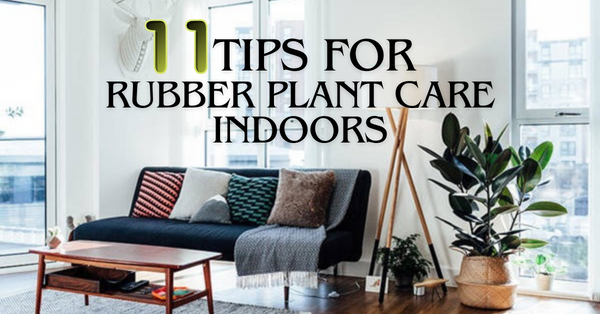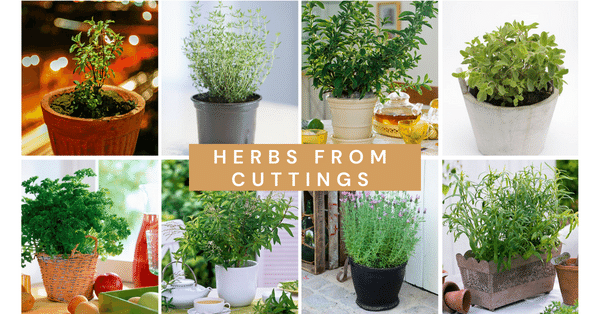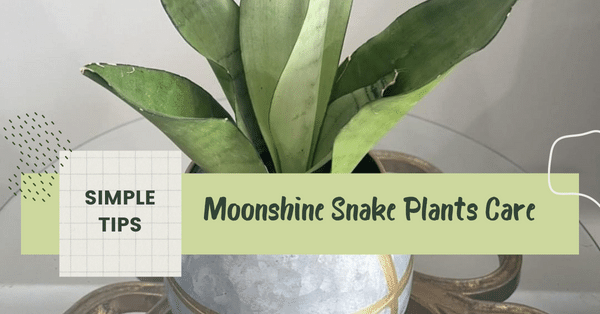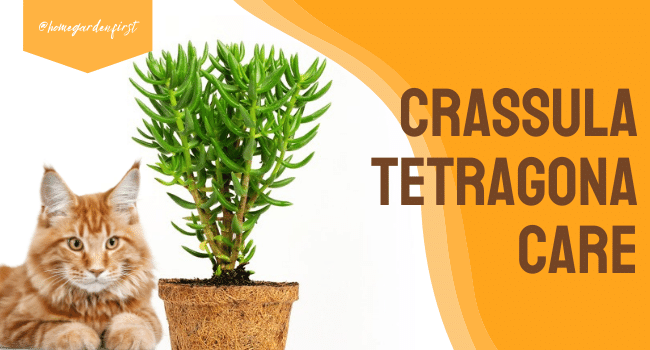How to Grow Variegated Pittosporum in Pot | Variegated Pittosporum Care
Variegated Pittosporum in pot creates instant drama. Variegated foliage and stunning blooms make it an ideal plant for pot and landscape. Check out this post to learn how to grow variegated Pittosporum in pot!
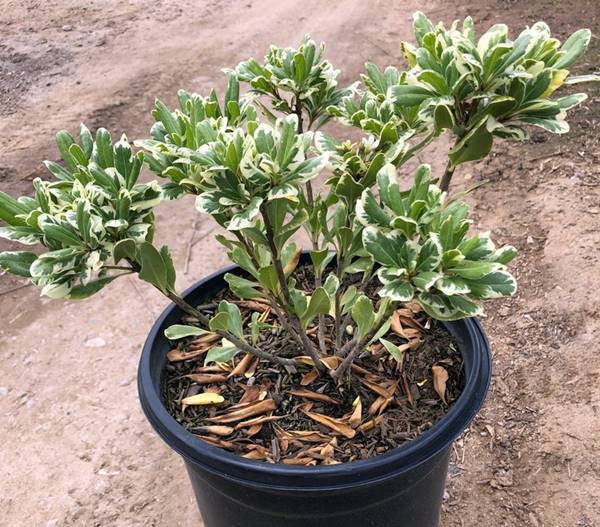
Scientific Name: Pittosporum tobira ‘Variegatum’
Common Names: Australian laurel, Japanese Pittosporum, mock orange, and Japanese cheesewood
USDA Zones: 9-11 (Overwintered in the zone where it’s not winter hardy)
Variegated Pittosporum is a popular ornamental plant with a shrub-like growth habitat. Also known as Variegated Japanese Mock Orange, it does well both in containers and as a landscape or hedge plant. Variegated Pittosporum grows to 10-15 feet tall but can be kept small by regular pruning. In the container, it grows to around 4 feet tall, making Variegated Pittosporum ideal for pots if you lack space. Apart from the stunning variegated foliage, the plant also produces clusters of brilliant white and fragrant flowers. Grow variegated Pittosporum in the pot in a cinch by going through this post!
How to Grow Variegated Pittosporum in Pot
It grows well in full sun to partial shade with some protection from the afternoon sun, especially in summers. Soil can be average, slightly acidic, and moderately fertile but must be well-draining. When established its drought-tolerant and requires watering once or twice a week. In the region where it’s not winter hardy, overwintering indoors is a good option.
Propagation
You can propagate Japanese Pittosporum either by cutting or get the plant directly from the nursery. Growing Pittosporum from seeds is also possible, but it’s a tedious process and not recommended. Take 8-10 inches cutting below the node and dip the rooting end in the rooting hormone. Plant the cutting in a well-draining potting mix and place it at a bright spot. Keep the potting mix moist, and soon the cutting will start to root, which you can later transplant.
Choosing the Container
Choose the pot slightly larger than the plant’s root ball, which can be plastic, terracotta, or any other material. Begin with a pot anywhere from 14-16 inches in diameter and later move to a large pot when the plant outgrows it. Also, make sure the container has drainage holes at the bottom.
Location
Variegated Pittosporum loves to bask in the sun, so choose a spot where it receives 4-8 hours of direct sun. South-facing windows, patio, or balconies are some popular spots to begin. Although it’ll survive in partial shade, it won’t grow as large as it would in full sun.
Soil
There is no need to fuss over the soil as it grows in a wide variety of soil and even in soil that lacks nutrients. The only thing soil must have good drainage as it doesn’t like to sit in the water. The ideal soil would retain moisture to some extent and drains well. Any houseplants potting mix will also do well!
Watering
In the initial period when the plant is not well-established, water 2-3 times a week. Once established, you can reduce watering to 1-2 times a week. Check that the soil is dry an inch or two below the surface before watering to avoid overwatering. Remember, it’s a drought-tolerant plant, so less watering won’t kill it, but overwatering might. It goes without saying that you need to cut back watering come winter.
Variegated Pittosporum Care
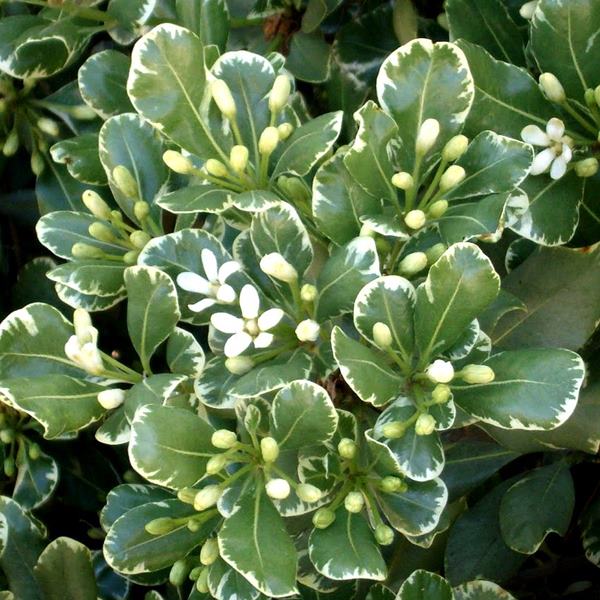
Pruning
Pruning helps to keep variegated Pittosporum in the desired shape and keeps it compact. However, in the container, pruning isn’t as important as when it’s grown as a hedge plant, for which it requires 2 to 4 pruning in the growing season.
Fertilizer
It isn’t a heavy feeder, so don’t worry if you are a bit relaxed about it. Feeding once a month with a well-balanced liquid fertilizer diluted half to its strength will promote growth. Spring and summers are the ideal time to fertilize as the plant is in a growing phase. Adding aged compost to the soil is an organic way to enrich the soil.
Pests & Diseases
Aphids, scales, mites, and mealybugs are some common garden pests that can cause some damage to the plant. You can easily get rid of them using neem oil solution or insecticidal soap. Fungicidal problems are rare and easily be taken care of by cutting back the affected parts.
Variegated Pittosporum Toxicity
As per ASPCA, Variegated Pittosporum is a non-toxic plant! Being a non-toxic plant, it’s safe to have around pets, and that’s why you can place it indoors without any worry.
